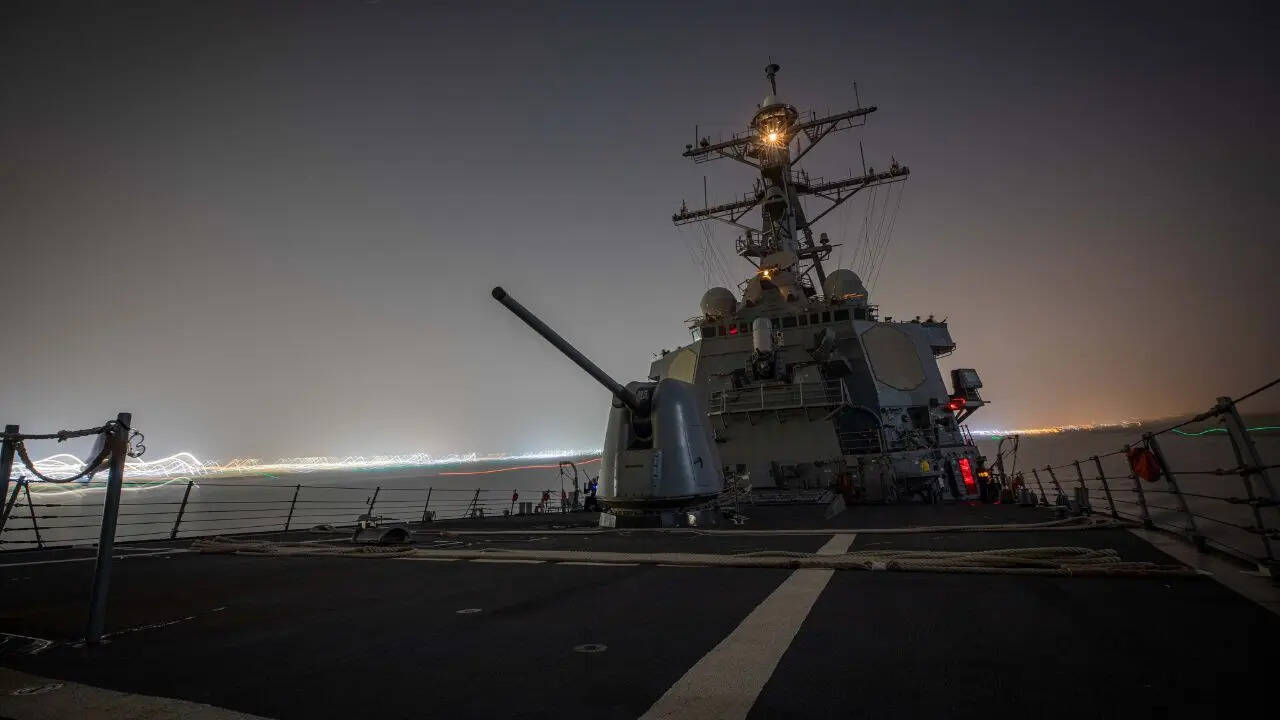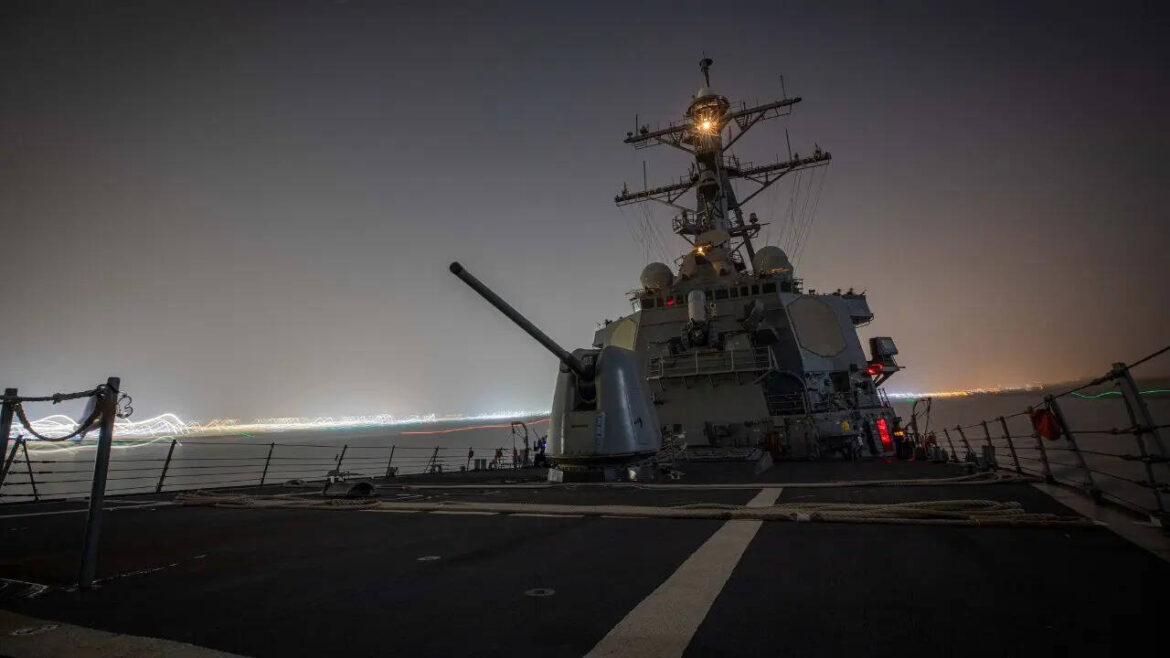
Japanese Coast Guard and Self-Defense Force units assisted US Navy crews in containing the blaze. | Representational Image
A fire erupted aboard the USS New Orleans (LPD-18), a San Antonio-class amphibious transport dock, on Wednesday, 20 August, at around 5 p.m. local time while moored at White Beach Naval Facility in Uruma City, Okinawa. Thick black smoke was seen rising from the bow, as captured in footage aired by Japanese broadcaster NHK.
US Navy crews responded immediately, supported by Japan Coast Guard tugboats and Japan Self-Defense Force vessels. As of Thursday, the Navy confirmed the fire was “contained but not fully extinguished,” per USNI News. Authorities said no personnel were injured, and no oil spills were reported during firefighting operations.
Cause of the Fire Still Unknown
The US 7th Fleet stated that investigations are ongoing to determine the fire’s origin, adding, “We will provide more details as they become available.” A Japan Coast Guard official told Stars and Stripes that the blaze began in the front section of the vessel, though it remains unclear if it started internally or externally.
No evidence has emerged of arson, mechanical failure, or external attack. Analysts note comparisons to the 2020 USS Bonhomme Richard fire in San Diego, which destroyed the ship after four days of burning, prompting renewed scrutiny of US Navy maintenance and safety practices, per Military Times.
Impact on Navy Readiness and Indo-Pacific Operations
Commissioned in 2007 and based in Sasebo, the USS New Orleans is part of the Navy’s forward-deployed amphibious force, capable of carrying up to 800 Marines. No Marines were onboard at the time of the incident, according to a US Marine Corps official.
The fire adds pressure to an ongoing amphibious fleet readiness crisis. A 2024 Government Accountability Office report found only 41% of the Navy’s 32 amphibious warfare ships were fully operational. Marine Corps Commandant Gen. Eric Smith has previously called the situation a “crisis,” warning that an 80% readiness level is essential for mission success, per Voice of America.
Ongoing Response and Broader Implications
The Navy briefly withdrew its request for Japanese assistance at 5:55 p.m. before reinstating it just over 90 minutes later, per Stars and Stripes. The Japan Coast Guard dispatched additional patrol vessels, and no evacuation was ordered.
While the Navy says environmental risks are under control, experts warn that prolonged downtime could affect joint US-Japan exercises and undermine rapid-response capabilities in the Indo-Pacific. With regional tensions running high, any disruption to amphibious operations is expected to draw close scrutiny, per the UK Defence Journal.


AloJapan.com